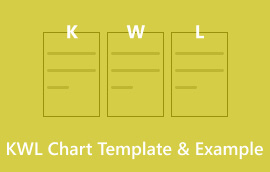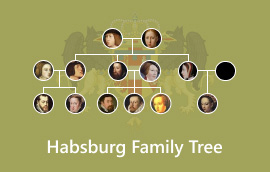A Comprehensive Guide and Analysis to Create Pyramid Chart on MindOnMap
Have you ever found sorting out your thoughts on proper food intake challenging? If you have, you're not the only one. Mind mapping is here to help! This method lets you create a food pyramid chart. You use it to arrange information and plan projects visually. It is engaging and intuitive. This detailed guide will take you deep into making a pyramid chart. We'll cover all you need to know to use MindOnMap's features well. You'll learn to turn your data into clear, useful insights. We'll explain the main functions of a pyramid chart, making it simple for newcomers to start using it. Learn the perks of mind mapping. It can boost your creativity, problem-solving, and memory. By the end of this review, you will be ready to use the pyramid chart fully. You will also find new ways to organize your thoughts, spark ideas, and share information well.

- Part 1. What is a Pyramid Chart
- Part 2. Use Cases of Pyramid Chart
- Part 3. Benefits of Pyramid Chart
- Part 4. Pyramid Chart Example
- Part 5. How to Create a Pyramid Chart with MindOnMap
- Part 6. FAQs about Pyramid Chart
Part 1. What is a Pyramid Chart
Have you ever seen a triangular graphic that neatly arranges its content in a pyramid shape? That's a pyramid chart! It's a flexible tool. It uses a basic shape, a triangle, to show complex data. The data is made understandable and visually appealing. Picture a pyramid towering above you. The broader base symbolizes its foundation, and as you ascend, the segments become narrower until you reach the sharp tip. This design mirrors the functionality of pyramid charts:
Layout: They're good at presenting data neatly and organizedly. Each level supports the one below it, wrapping up with a key takeaway at the top.
Step-by-Step: Pyramid charts are awesome for breaking down how things happen or flow with various stages. The larger sections at the bottom are the beginning. As you go up, the sections shrink. They lay out the steps that lead to the end goal.
Picture it like an elevator that takes your audience through the data, one step at a time. A pyramid chart is like a detective's tool, helping to reveal hidden connections and how everything links in complex data. It simplifies understanding the big picture and how ideas or processes progress.
Part 2. Use Cases of Pyramid Chart
A pyramid diagram has a simple structure and an eye-catching design. Here are a few key examples:
Business and Marketing
• Sales Processes: Use a pyramid to map the customer journey from first interest to loyalty. It starts with a broad base of website visitors. Then, it zooms in on qualified leads, sales, and the most loyal customers.
• Market Share Comparison: This chart displays each company's market share. The biggest piece is the top spot, and the rest are for the other companies.
• Company Layout: This picture explains how the company sets. The boss is at the top. The different departments or groups are listed below. They show who's in charge.
Education and Training
• Maslow's Hierarchy of Needs is well-known. It fits perfectly with an energy pyramid diagram. The base symbolizes basic needs like food and shelter. Above that are safety, social connection, esteem, and self-actualization at the summit.
• Learning Goals: Simplify complex educational objectives into smaller, achievable steps. The broad base could signify the main goal, with sections detailing specific skills or knowledge to be acquired.
• Skill Proficiency: This shows the progression of skill levels. Beginner skills are at the base, and advanced skills reach the top.
Other Uses
• Rankings of Importance: List factors or criteria by placing the most important at the top and the least important below.
• This chart outlines the steps in a project. The bottom is the planning stage, and the top is when the project finishes.
• How Money is Spent: Think about how money spreads among different types of investments. The biggest represents big investments, and the smallest represents small ones.
Part 3. Benefits of Pyramid Chart
Pyramid diagrams provide numerous benefits for effectively displaying information:
• Their easy-to-understand triangle shape means anyone can get it, no matter where they're coming from. The layout helps you follow along with the info, making it simple to get.
• A pyramid chart also shows how different pieces of data are connected. It helps viewers understand the importance and sequence of the information presented.
• The triangle layout naturally points out the main point. It makes remembering the main message easier.
• Compared to text-heavy presentations, it offers a visually appealing information presentation method. The use of color and clear labels make them more engaging.
• A pyramid chart summarizes lots of data in a small space. It's good for small presentations or to avoid overwhelming the audience.
• A pyramid diagram can represent more than just a hierarchy. It can also show the stages of a process, ideas' development, or importance ranking. This adaptability makes them a versatile tool in many areas.
A pyramid chart shows data hierarchies, processes, and progressions clearly, briefly, and engagingly. When used right, pyramid charts greatly improve the impact of presentations, reports, and other graphics.
Part 4. Pyramid Chart Example
Maslow’s Hierarchy of Needs
This diagram shows the energy pyramid in the order of human needs: basic needs at the bottom and self-actualization at the peak. The size of each area can indicate the importance or challenge of meeting each need type.
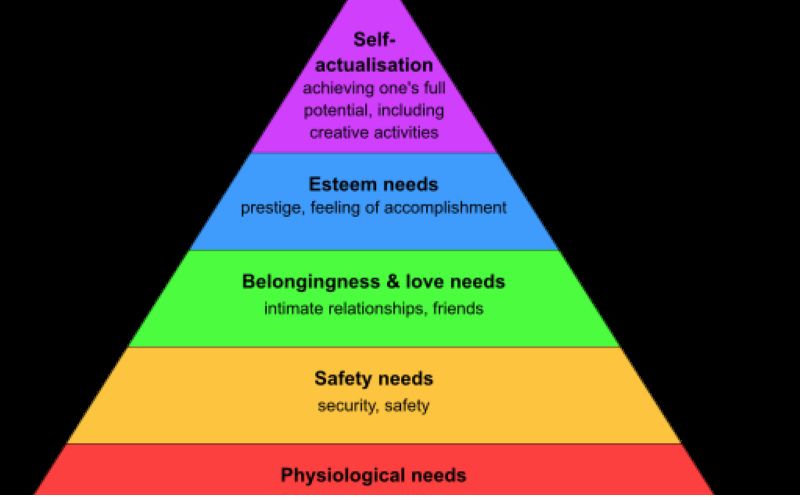
• Top: Self-Actualization (Achieving one's utmost potential)
• Larger Area: Esteem Needs (Respect for oneself, self-confidence, acknowledgment from others)
• Even Larger Area: love and Belonging Needs (Feeling connected socially, intimacy, being accepted)
• Largest Area: Safety Needs (Feeling secure, stable, having a place to live)
• Base: Basic Needs (Eating, drinking, sleeping, breathing)
Sales Funnel
A pyramid chart example is a sales funnel, a buying or marketing funnel. It shows the path customers follow from interest to becoming paying clients. In marketing, this phrase refers to the slow decline in the number of potential buyers, who decrease as they move through different buying phases. Imagine a funnel that starts wide at the top and narrows to a small opening at the bottom.
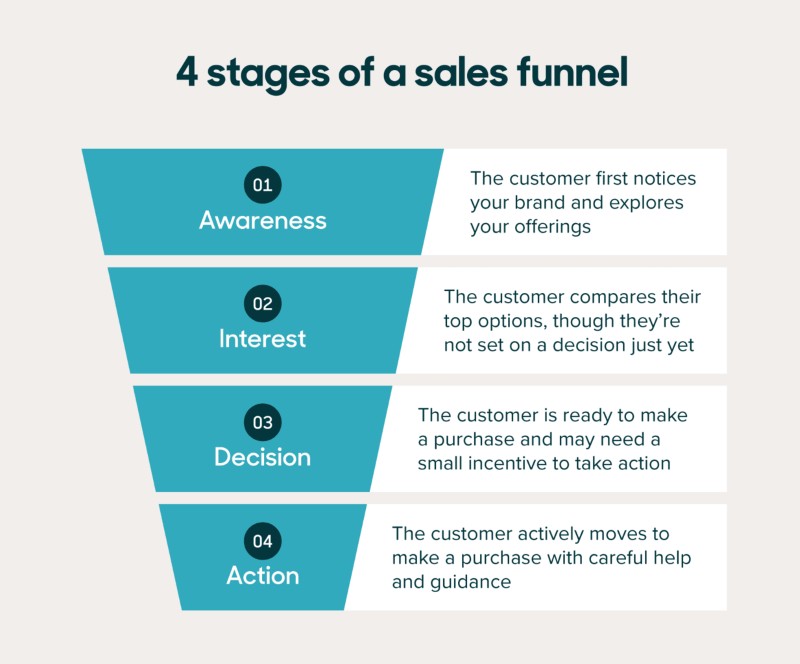
• Top of the Funnel (TOFU): This represents the wide mouth, indicating a broad group of potential customers.
• Middle of the Funnel (MOFU): marketing strategies focus on developing relationships with leads. They inform leads about the advantages of your product and resolve their concerns.
• Bottom of the Funnel (BOFU): Think of the tiny spout at the bottom as the point where people are just about to buy something.
Project Management
Project management charts are like graphs that help track how things are going, manage what you need, and share all the details about a project. There are different kinds, each with its special features and goals. Here's a picture of a chart that's common to use.
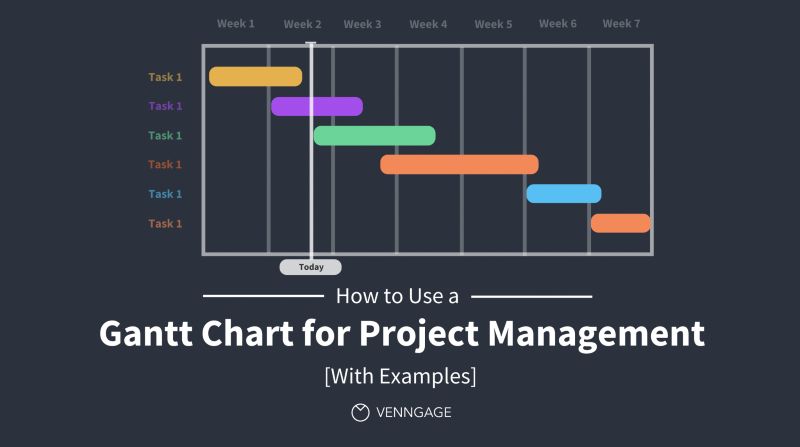
Gantt Chart: This chart uses bars to show the steps in a project over time. It's awesome for reviewing the project's schedule, determining which tasks to complete, and monitoring progress.
• Horizontal Axis: Marks the project's timeline, usually broken down into days, weeks, or months based on its length.
• Vertical Axis: Gives you a list of everything that's going on in the project.
• Bars: Every task represents a bar on the timeline, and the length of the bars tells you how long the task will take.
• Start and End Dates: The location of the bar on the timeline tells you when the task is supposed to start and finish.
Investment Portfolio
A portfolio pyramid is like a regular pyramid chart. It displays how money is spread out across different risk levels and uses the pyramid's shape to make risk look like it's compared to the possible rewards.
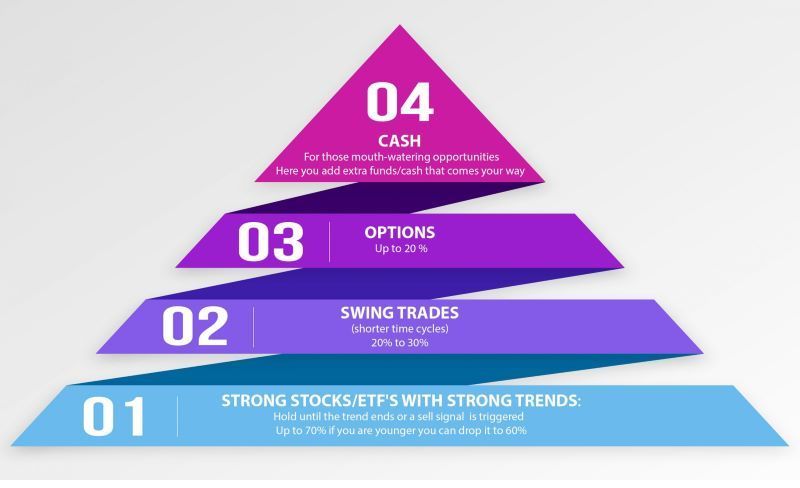
• Low Risk: This section could include putting money in a savings account, investing in money market funds, or buying short-term government bonds.
• Moderate Risk: This part could include company bonds, stocks that pay dividends, or mutual funds.
• High Risk: This is the riskiest part. It could have fast-growing companies, funds that invest in real estate, or commodities.
Part 5. How to Create a Pyramid Chart with MindOnMap
MindOnMap is an easy-to-use mind-mapping application. It lets you craft visually striking pyramid charts that inform. Here's a detailed guide to help you get started:
Open MindOnMap and select the option to start a new mind map.
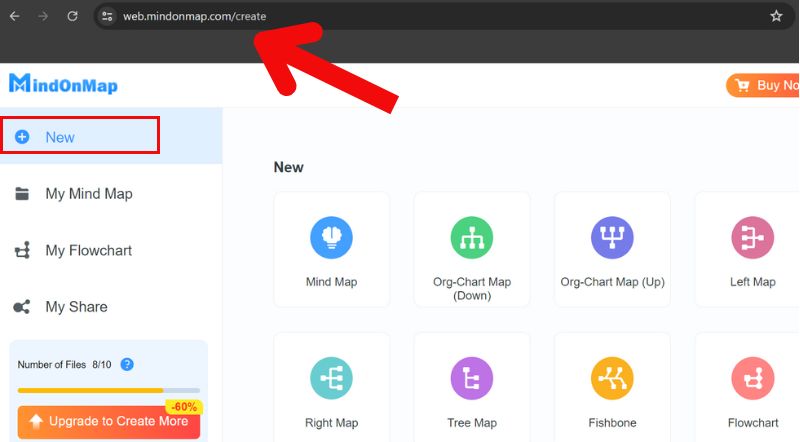
Numerous mind-mapping tools come with pre-made layouts for various uses. Look for a design or a template with a triangular structure like Org-Chart Map (down).
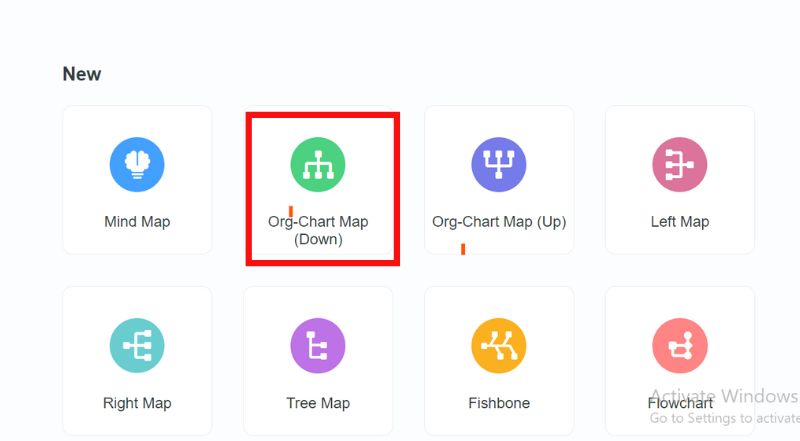
You can start using the shapes to make a pyramid. Usually, adjust the number of sections in the pyramid to suit your needs.
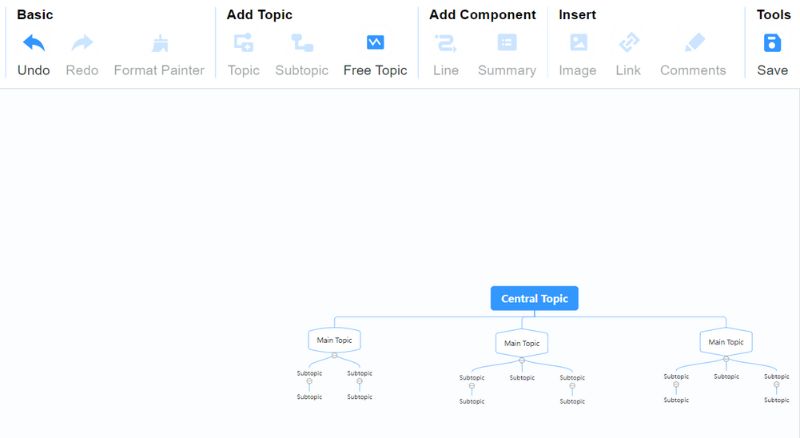
Add text to each part of the pyramid. Do this by clicking the Add Topic, Subtopic, and Free Topic buttons. Use them to add category names, process stages, or important points you want to highlight.
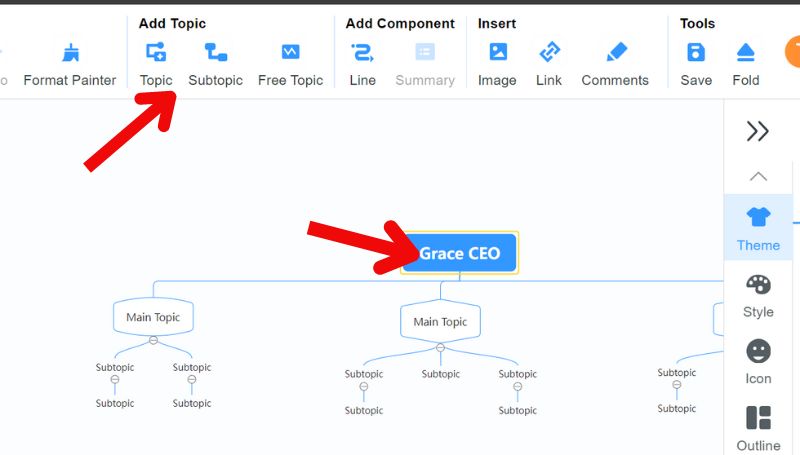
Once your pyramid chart is complete, you can export it as an image for presentations or reports.
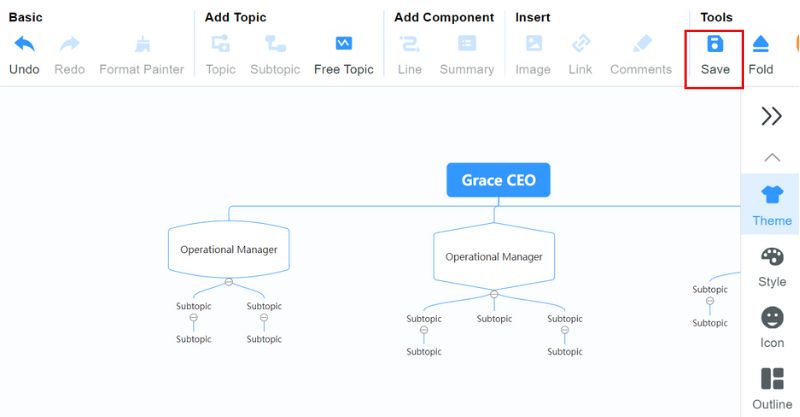
Part 6. FAQs about Pyramid Chart
What is the purpose of a pyramid diagram?
Pyramid charts briefly and attractively show complex organizations, methods, and developments. They are an important resource for giving presentations, creating reports as infographics, and leading brainstorming meetings.
What is the difference between a pyramid chart and a funnel chart?
At its core, pyramid charts show hierarchy and order. Funnel charts highlight how the number or volume decreases as information moves through a procedure.
What is the interpretation of a pyramid chart?
A pyramid chart is a flexible tool that shows layered structures, ratios, and models. It emphasizes system components' importance and basic features, making it a key tool for showing, studying, and planning in many areas.
Conclusion
A pyramid chart is a visual escalator that leads the audience through data step-by-step. They work in many areas. They simplify complex information and make it more appealing. Pyramid charts have potential. By learning to make them, you can use them to share ideas and improve your talks, reports, and group discussions.








